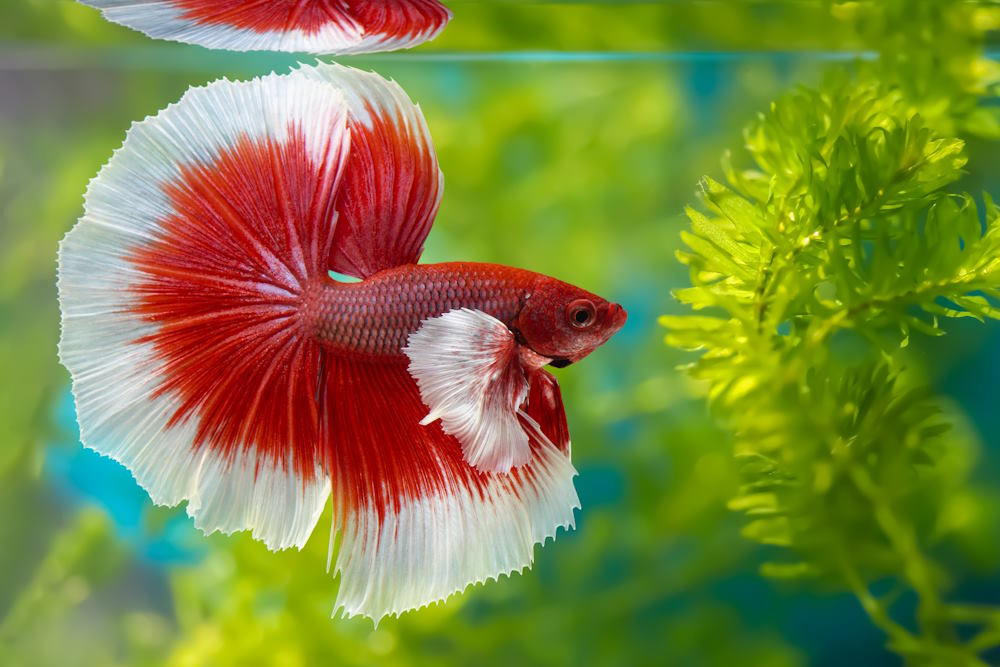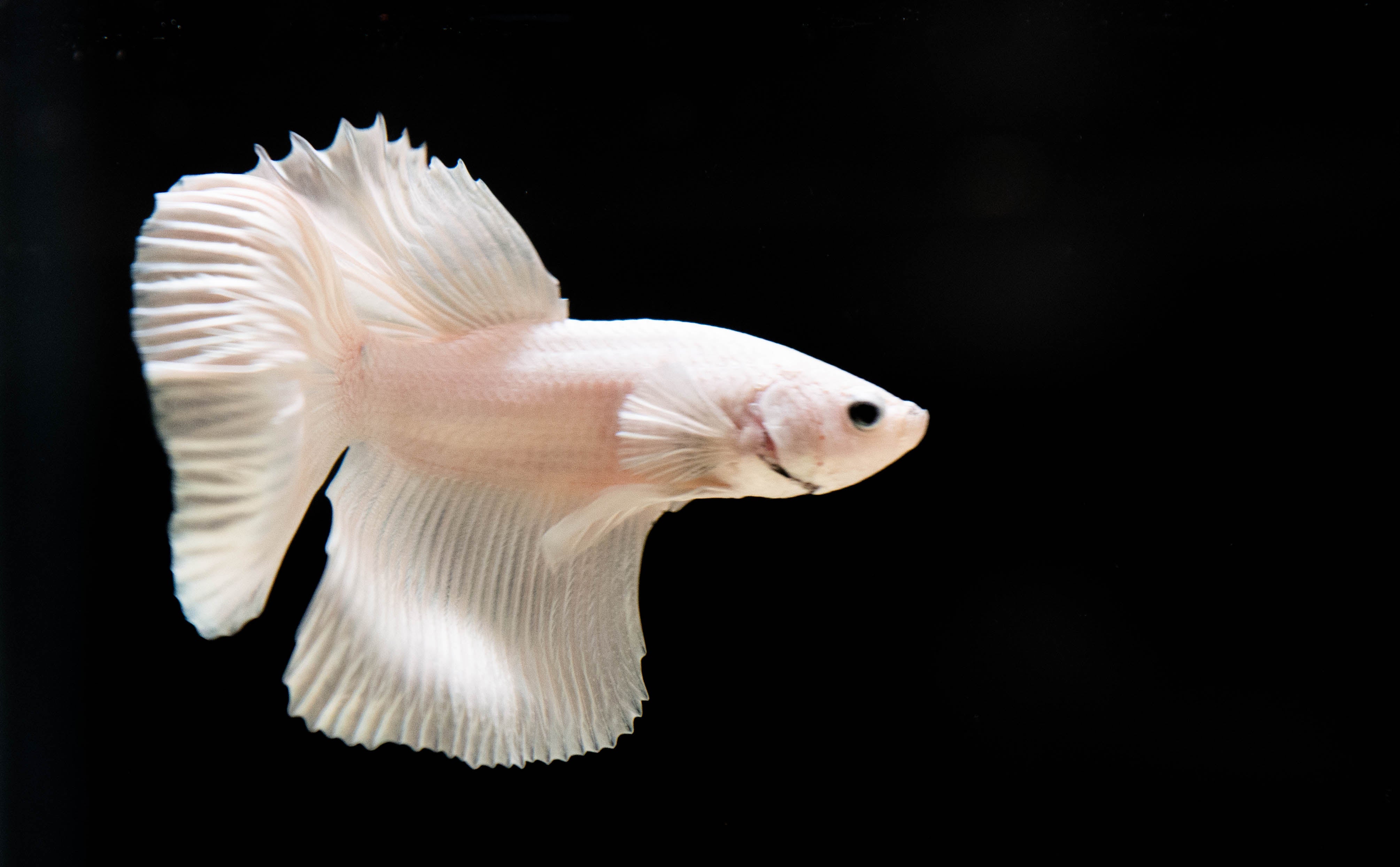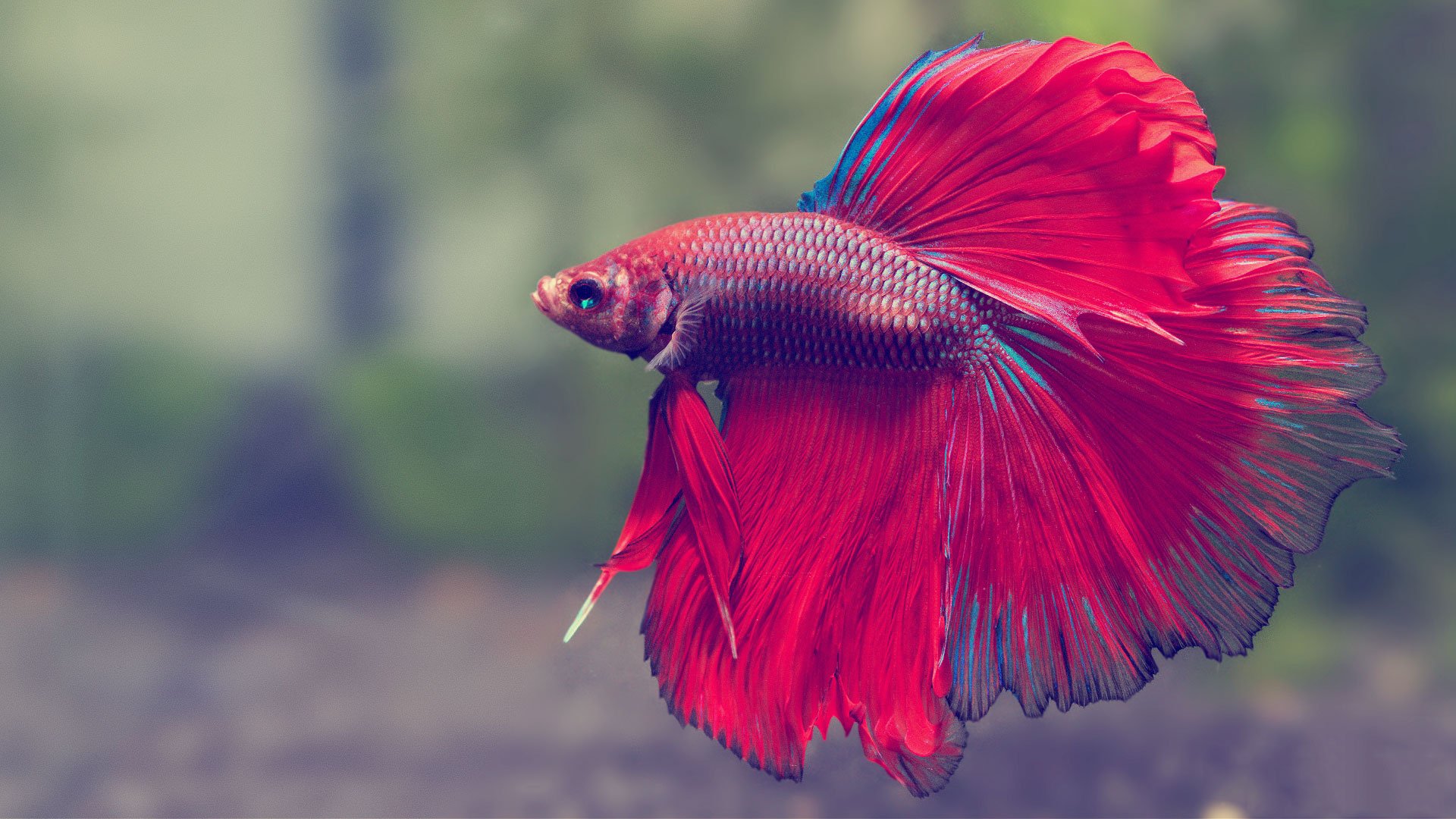Just how to Select the Right Betta Fish for Your Aquarium
Just how to Select the Right Betta Fish for Your Aquarium
Blog Article
Breeding Betta Fish: a Comprehensive Step-By-Step Guide to Effectively Raising Infant Bettas From Eggs to The Adult Years
Breeding Betta fish is a thorough endeavor that requires careful preparation and execution to make certain the successful development of fry from eggs to mature fish. Picking genetically varied reproduction couple with preferable features is only the start; producing an ideal environment and understanding the complexities of the reproducing procedure are just as essential. As the male Betta faithfully constructs a bubble nest and guards the precious eggs, the subsequent phases of care and shift need interest to information and understanding of best practices. Just how does one navigate the challenging yet satisfying path of supporting these lively creatures to the adult years?

Choosing Breeding Pairs
When embarking on the journey of reproducing Betta fish, picking the right breeding sets is crucial to accomplishing desirable attributes and a healthy and balanced lineage - betta fish. The primary step in this procedure is to determine the specific characteristics you want to enhance or maintain, such as shade, fin kind, and physique. It is important to select genetically diverse pairs to avoid inbreeding, which can bring about health and wellness concerns and unwanted characteristics
Evaluate prospective reproducing candidates meticulously. A healthy and balanced male Betta needs to display lively shades, an energetic temperament, and well-formed fins, while the woman must also show dynamic pigmentation and a rounded stomach, showing readiness for spawning. Observing the temperament of both fish is crucial, as aggressive or overly reluctant individuals may not reproduce successfully.
Documentation of family tree is just as crucial. Maintaining records of the parent fish's ancestry can aid you track hereditary qualities and potential issues. In addition, get in touch with reliable breeders or online resources for advice on picking suitable pairs. Inevitably, investing time in the choice process will considerably enhance the chance of producing strong, vibrant children that meet your breeding objectives (betta fish).

Preparing the Breeding Tank
Creating an optimal breeding environment is a key action after picking ideal sets for Betta fish. The breeding tank should be particularly made to provide comfort and stimulate the natural reproduction habits of the fish. Beginning with a tank dimension of a minimum of 10 gallons to guarantee ample room for both the male and women Bettas.
Maintain a gentle filtering system to keep the water clean while staying clear of solid currents that can stress the fish. In addition, an air stone can be included to provide oxygenation without disrupting the water surface excessive.
Temperature level regulation is important; objective for a stable series of 78-82 ° F(25-28 ° C) utilizing a reliable heating unit. The pH level must be preserved in between 6.5 and 7.5, and normal water adjustments are needed to guarantee high water quality.
Include drifting plants or spawning mops to produce concealing spots for the female, while additionally encouraging bubble nest structure by the male - betta fish. Ensure the storage tank is cost-free from sharp decorations and any prospective threats, as the well-being of the fish must always be focused on during this important phase of reproduction.
The Breeding Process
Typically, the breeding procedure for Betta fish involves a collection of distinct and visible behaviors that indicate readiness for reproduction. The male Betta begins by building a bubble nest at the water's surface, which works as a site for the fed eggs. This nest is critical, as it provides a safe environment for the eggs until they hatch.
Once the nest is developed, the male will show courtship habits, such as flaring his fins and imp source showing vibrant colors to bring in the female. The lady, upon picking up the male's readiness, will certainly respond by showing upright red stripes along her body, signifying her receptiveness.
When the female approaches, the male participates in a breeding dance, often resulting in a welcome known as the "spawning." During this accept, the lady releases her eggs, which the male fertilizes promptly. The fed eggs then drop to the bubble nest, where the male carefully collects and returns them to the nest. Following this, the male assumes obligation for protecting the nest and making certain the security of the eggs until they hatch out, commonly within 24-36 hours. This phase is vital in the breeding procedure, laying the structure for effective fry development.
Taking Care Of Betta Fry
Caring for Betta fry requires careful focus to their atmosphere and nourishment to ensure healthy and balanced development and growth. After hatching out, Betta fry are incredibly tiny and at risk, requiring a steady and tidy environment.
Feeding Betta fry is similarly important. Initially, they should be offered infusoria or finely crushed top notch fry food, as their mouths are as well small to deal with bigger fragments. As they grow, you can gradually present bigger foods, such as child brine shrimp or powdered flakes, to guarantee they get ample nutrition. Feed them percentages numerous times a day, taking care not to overfeed, which can cause water high quality issues.
Transitioning to Grownup Bettas
As Betta fry fully grown, transitioning them to adult Bettas is a vital stage that requires careful management of their atmosphere and social interactions. This procedure generally begins when the fry reach around six weeks old, whereupon they can be slowly introduced to an extra organized living setting.
To facilitate this shift, it is important to make sure that the water criteria-- such as temperature level, pH, and ammonia levels-- are optimal and stable. Grown-up Betta fish flourish in warm water (around 78-80 ° F) with a pH of 6.5 to 7.5. Progressively adjust the fry to these conditions to reduce stress.
Social interactions are an additional key element; male Bettas are notoriously territorial and hostile. It is advisable to separate males right into specific containers as they develop. Female Bettas can be housed with each other, however care ought to be required to keep track of for indicators of aggression.
Furthermore, dietary changes need to be made as the fry expand. Include high-grade pellets and live foods to sustain their development and health and wellness. By managing these factors efficiently, you can advertise an effective shift to adulthood for your Betta fish.

Conclusion
Effective breeding of Betta fish needs careful interest to detail throughout the entire procedure, from choosing genetically varied sets to supplying ideal take care of fry. By guaranteeing suitable breeding problems and preserving water high quality, the probability of healthy and balanced offspring boosts substantially. Furthermore, a well balanced diet regimen and gradual adjustment to grown-up Read Full Article environments are vital for the growth useful source and growth of Betta fish. Following these steps vigilantly cultivates a thriving populace of Betta fish, improving both their health and wellness and vigor.
Report this page